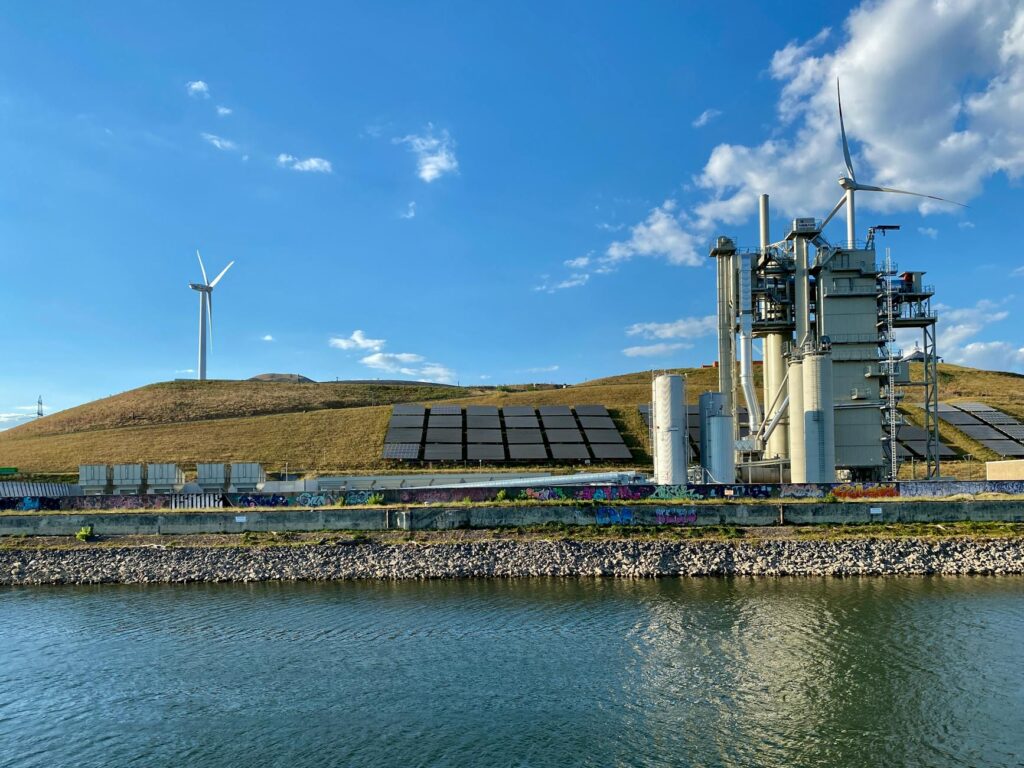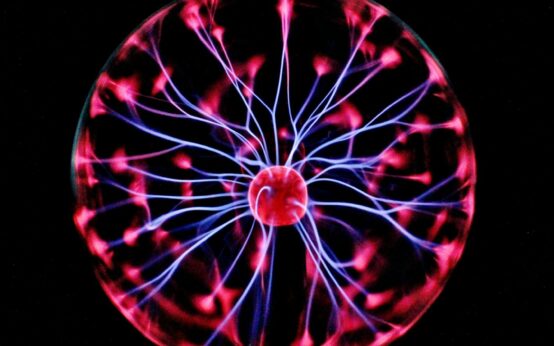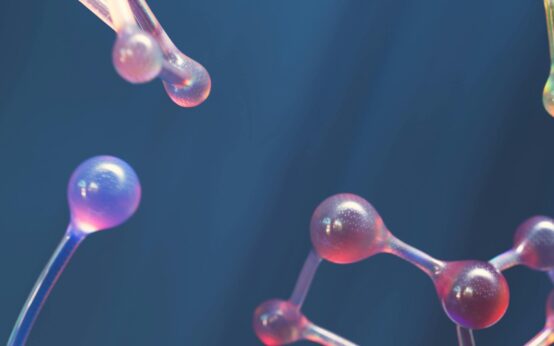The Technology of Water Desalination: More Than Just a Drop in the Ocean
It’s a simple, undeniable fact: we live on a blue planet. Water is everywhere. Yet, paradoxically, fresh, drinkable water is one of our most precious and increasingly scarce resources. Over 97% of Earth’s water is salty, locked away in oceans and seas, completely unusable for drinking or agriculture. For centuries, this was an insurmountable barrier. How do you get the salt out? It’s a question that has plagued engineers and visionaries alike. Today, the answer lies in the remarkable field of water desalination technology, a suite of processes that are turning the tide on water scarcity and fundamentally reshaping our relationship with the ocean.
This isn’t some far-off, futuristic concept. It’s happening right now, on a massive scale. From the arid landscapes of the Middle East to the drought-stricken coasts of California, desalination plants are quietly working, performing a modern-day miracle: transforming a hostile, salty brew into pure, life-sustaining H2O. But how does it actually work? It’s not as simple as just boiling water and collecting the steam, though that’s part of the story. The technology is a fascinating blend of physics, chemistry, and brilliant engineering. Let’s pull back the curtain.
Key Takeaways:
- Water desalination is the process of removing salts and other minerals from saline water to produce fresh water.
- The two dominant technologies are Reverse Osmosis (RO), which uses pressure and membranes, and Thermal Desalination, which uses heat to evaporate and condense water.
- Reverse Osmosis is more energy-efficient and currently accounts for the majority of global desalination capacity.
- Major challenges include high energy consumption, the environmental impact of brine discharge, and the overall cost.
- The future of desalination lies in integrating renewable energy, developing more efficient membranes, and using AI for plant optimization.

So, What Exactly Is Water Desalination?
At its heart, desalination is a separation process. Imagine making a cup of coffee. The coffee grounds are mixed in with the hot water, but you use a filter to separate them, leaving you with the liquid you want. Desalination is a much, much more sophisticated version of this. The ‘grounds’ in this case are dissolved salts—ions like sodium and chloride—that are molecularly bonded with the water. You can’t just strain them out with a simple filter.
You need a process that can operate on a molecular level. This is where the real ingenuity comes in. Engineers have developed two primary families of technologies to achieve this feat: those that push water through an incredibly fine filter, and those that mimic the Earth’s own rain cycle by evaporating and condensing water. Each has its own strengths, weaknesses, and ideal applications.
The Core Technologies: A Tale of Two Methods
While there are several ways to desalinate water, the global industry is dominated by two major players: Reverse Osmosis and Thermal Desalination. Think of them as the two heavyweights in the ring, each with a different fighting style.
Reverse Osmosis (RO): The High-Pressure Squeeze
If you’ve ever heard of desalination, you’ve probably heard of Reverse Osmosis. It’s the undisputed champion of the modern desalination world, accounting for over two-thirds of the planet’s desalination capacity. And the concept behind it is both simple and mind-bending.
First, you have to understand regular osmosis. It’s a natural phenomenon you learned about in high school biology. If you have a semi-permeable membrane (a barrier that lets water pass through but not salt) separating salty water and fresh water, the fresh water will naturally flow towards the salty side to try and balance the salt concentration. It’s nature’s way of seeking equilibrium.
Reverse Osmosis, as the name implies, does the exact opposite. It says, ‘I don’t want equilibrium; I want to fight it.’ To do this, engineers apply immense pressure—we’re talking 600 to 1,200 psi, which is 30 to 60 times the pressure in your car tires—to the saltwater side. This intense pressure physically forces the water molecules through the microscopic pores of the RO membrane, leaving the larger salt, mineral, and other impurity molecules behind. What comes out the other side is incredibly pure, fresh water. What’s left behind is a highly concentrated saltwater solution called brine.
The magic is all in the membrane. These are not simple sheets of plastic. They are marvels of material science, typically made from a thin-film composite polyamide, and wound into a spiral configuration to maximize surface area within a compact vessel. It’s an elegant, highly effective solution. But it’s not perfect.
Pros and Cons of Reverse Osmosis
- Pros:
- Energy Efficiency (Relatively): Compared to older thermal methods, RO is significantly more energy-efficient, which is a huge driver of its popularity.
- Modular and Scalable: RO plants can be built in various sizes, from small containerized units to massive industrial facilities.
- High Purity: It removes not just salt but also bacteria, viruses, and many other contaminants, producing very high-quality water.
- Cons:
- Membrane Fouling: The membranes are sensitive and can get clogged (fouled) by biological material or mineral scale, requiring extensive pre-treatment of the seawater and regular cleaning.
- Still Energy-Intensive: While more efficient, it still requires a great deal of electricity to generate the high pressures needed, making it a significant operational cost.
- Brine Disposal: The super-salty brine waste needs to be managed carefully to avoid harming marine ecosystems.
Thermal Desalination: Mimicking Mother Nature
Before RO became the dominant force, thermal desalination was the king. This family of technologies operates on a very intuitive principle: when you boil saltwater, the water turns into steam (pure H2O), leaving the salt behind. If you capture that steam and cool it down, it condenses back into pure, fresh water. It’s basically the water cycle in a box.
The two most common methods are Multi-Stage Flash (MSF) and Multi-Effect Distillation (MED). They are both clever variations on this theme, designed to maximize energy efficiency.
- Multi-Stage Flash (MSF): This is a fascinating process. Seawater is heated and then passed through a series of chambers, each at a slightly lower pressure than the one before it. This sudden drop in pressure causes the water to instantly boil or ‘flash’ into steam without adding more heat. The steam is collected and condensed into fresh water on tubes that are being pre-heated by the incoming seawater, creating a beautifully efficient energy loop.
- Multi-Effect Distillation (MED): In MED, the process is similar but happens in a series of vessels (effects). The steam produced in the first vessel is used to heat the seawater in the next vessel, which is at a lower pressure, causing it to boil. This cascading effect is repeated through multiple stages, using the latent heat of condensation over and over again. MED plants can operate at lower temperatures than MSF, which helps reduce scaling and energy use.
Thermal methods are robust and less sensitive to the quality of the incoming seawater than RO. They are absolute workhorses, especially in regions like the Middle East where energy has historically been cheap and they are often co-located with power plants to use waste heat.
Pros and Cons of Thermal Methods
- Pros:
- Robust and Reliable: They can handle very salty and poor-quality feed water with less pre-treatment than RO.
- Long Lifespan: These plants are built like tanks and can operate for decades.
- Co-generation Potential: They pair perfectly with power plants, using waste heat that would otherwise be lost.
- Cons:
- Massive Energy Consumption: They are true energy guzzlers, requiring huge amounts of thermal energy (heat), which is their biggest drawback.
- High Capital Cost: The facilities are enormous, complex, and very expensive to build.
- Slower to Start/Stop: They lack the operational flexibility of RO plants.
The Big Challenges: It’s Not All Smooth Sailing
While the technology is incredible, it’s crucial to acknowledge the hurdles. Desalination isn’t a silver bullet; it’s a powerful tool with significant trade-offs. The industry is constantly grappling with three major issues: energy, environment, and economics.
The Energy Hog Problem
Separating salt from water is a process that defies a natural tendency (osmosis), and fighting nature requires energy. A lot of it. Desalination is one of the most energy-intensive methods of producing fresh water. While modern RO plants have dramatically reduced energy consumption—down to about 3-4 kWh per cubic meter of water—it still represents a huge electricity demand, especially for a large city. This ties the cost and sustainability of water directly to the cost and source of electricity.
What to Do With All That Brine?
For every liter of fresh water produced, you get roughly 1.5 liters of highly concentrated brine. What do you do with it? The most common solution is to pump it back into the ocean. However, this brine is twice as salty as normal seawater and often contains residual chemicals from the pre-treatment process. If not dispersed properly, it can sink to the seafloor, creating ‘dead zones’ where the high salinity and low oxygen levels can devastate local marine life. Managing brine is a huge environmental and engineering challenge.
The Cost Factor
Let’s be blunt: desalinated water is expensive. The cost has come down dramatically over the decades, but it’s still more expensive than traditional water sources like rivers or groundwater. The price tag comes from the massive capital investment to build the plant, the high ongoing energy costs, and the regular maintenance required for membranes and equipment. For many developing nations, the cost remains a significant barrier to adoption.

The Future of Water Desalination Technology
So, where do we go from here? The future is bright, and innovation is happening at a breakneck pace. The goal is simple: make desalination cheaper, more energy-efficient, and more sustainable. Researchers are tackling this from every angle.
One of the most exciting frontiers is the integration of renewable energy. Pairing desalination plants with solar farms or wind turbines is a game-changer. It decouples water production from fossil fuels, slashing both the carbon footprint and the volatility of energy prices. Imagine coastal deserts using their abundant sunlight to create an abundance of fresh water. It’s already happening.
Another area is advanced membrane materials. Scientists are developing membranes using materials like graphene and carbon nanotubes. These new materials promise to be more permeable to water (requiring less pressure), more resistant to fouling, and more effective at rejecting salt, which could lead to another leap in energy efficiency.
Finally, Artificial Intelligence (AI) and machine learning are entering the control room. AI algorithms can analyze real-time data from thousands of sensors within a plant to optimize pressures, flow rates, and chemical dosing. This smart management can squeeze out every last drop of efficiency, predicting maintenance needs before they become problems and reducing energy consumption by a further 10-20%.
“The next generation of desalination won’t just be about better filters; it will be about smarter, integrated systems that work in harmony with the environment, not against it.”
Conclusion: A Necessary Part of Our Water Future
The technology of water desalination is a testament to human ingenuity. It’s a powerful and vital tool in our fight against global water scarcity. While it faces real challenges in terms of energy, cost, and environmental impact, the pace of innovation is relentless. As technology improves, costs fall, and the need for new sources of fresh water becomes more urgent, desalination is moving from a niche solution for arid regions to a mainstream component of the global water supply portfolio. It’s not about replacing all other water sources; it’s about adding a reliable, climate-independent source to the mix. By continuing to innovate, we can ensure that our blue planet has enough blue gold for everyone.



 Blockchain & IoT: The Future of Supply Chain Management
Blockchain & IoT: The Future of Supply Chain Management  Nanotechnology Explained: A Guide to the Science of Small
Nanotechnology Explained: A Guide to the Science of Small  The Rise of Virtual Reality Therapy and Training
The Rise of Virtual Reality Therapy and Training  What is Synthetic Biology? A Guide to Engineering Life
What is Synthetic Biology? A Guide to Engineering Life  What Is Edge Computing? A Simple Guide to Why It Matters
What Is Edge Computing? A Simple Guide to Why It Matters  What is an API? A Simple Guide for Beginners (2024)
What is an API? A Simple Guide for Beginners (2024)  Crypto Arbitrage Trading: A Beginner’s Guide (2024)
Crypto Arbitrage Trading: A Beginner’s Guide (2024)  The Business of NFTs: How Top Brands Are Using Them
The Business of NFTs: How Top Brands Are Using Them  What Are ZK-Proofs? A Guide to Blockchain Privacy
What Are ZK-Proofs? A Guide to Blockchain Privacy  DeFi’s Hurdles: Security, Scalability & Regulation
DeFi’s Hurdles: Security, Scalability & Regulation  How to Read a Crypto Whitepaper: A Beginner’s Guide
How to Read a Crypto Whitepaper: A Beginner’s Guide  Find Undervalued NFT Projects: A Complete Guide
Find Undervalued NFT Projects: A Complete Guide